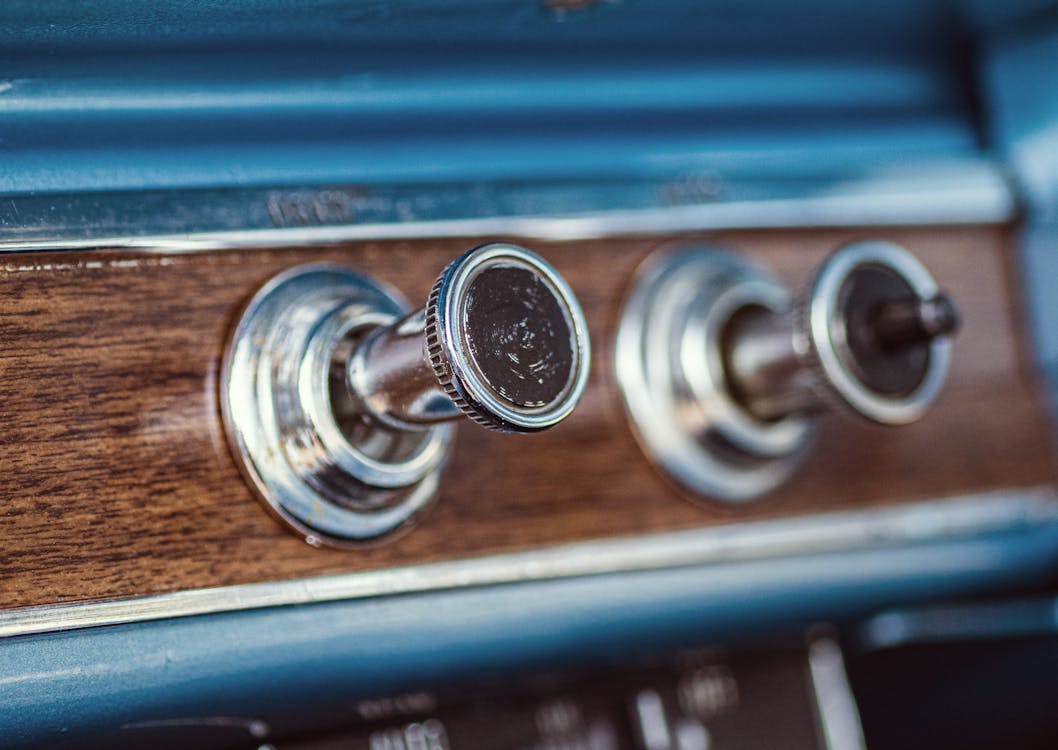Why Drivers Prefer Buttons Over Screens Again
Why Drivers Prefer Buttons Over Screens Again
Blog Article

For the past years, car insides have been quickly evolving towards sleek, screen-dominated control board. Touchscreens replaced traditional knobs, sliders, and switches in what lots of presumed was the unavoidable march of progression. Yet, in an unforeseen spin, physical buttons are quietly making their back into contemporary vehicles. The shift signals greater than just a classic nod-- it's a response to real-world comments from vehicle drivers food craving simpleness, safety, and responsive complete satisfaction.
The Digital Overload Dilemma
When touchscreens initially started taking over dashboards, they felt like the future: clean, personalized, and loaded with functions. They got rid of clutter and permitted car manufacturers to streamline their interiors with fewer physical elements. However as even more attributes were buried within digital menus, chauffeurs began to voice worries.
Touchscreens usually call for multiple actions to perform basic jobs like readjusting the environment or transforming the radio terminal. Unlike switches, they lack the user-friendly muscle mass memory that enables a chauffeur to alter a setting without taking their eyes off the road. With a lot taking place on-screen, it ends up being all as well simple to obtain distracted-- something nobody wants when traveling at freeway speeds.
The Return of Tactile Functionality
One of the most significant advantages of switches is their responsive comments. You can feel them without needing to look. This sensory support makes them not simply practical but more secure for vehicle drivers. When your hand naturally understands where the volume handle is or exactly how far to press a button to turn on the defrost, it minimizes the requirement to glance down or far from the road. And while touchscreens supply convenience for infotainment and navigation, the essential daily features-- like risk lights, audio controls, and HVAC-- really feel much better matched to physical controls.
In fact, numerous drivers that previously spoke highly of digital systems have actually revealed admiration for newer designs that blend modern-day appearances with the practical feeling of standard controls. It's not concerning denying technology-- it's regarding boosting use.
A Balanced Design Philosophy
Developers have actually noticed this moving view. As opposed to deserting displays, they're reconsidering exactly how they're integrated. The most effective insides now strike an equilibrium in between digital adaptability and analog accuracy. That means strategically positioning switches for necessary functions while utilizing digital user interfaces for applications, navigation, and media.
This hybrid strategy is particularly popular in vehicles developed for long-distance driving or families. The ease of pressing a switch without stumbling through a food selection makes a big difference when you're attempting to stay focused, comfy, and safe. Also in lorries understood for advanced tech, an easy rotating dial or responsive control can be the feature that sways motorists looking for thoughtful layout.
Buttons and the Emotional Connection
There's additionally something distinctly emotional about switches. They bring a specific level of involvement that touchscreens just do not reproduce. Pressing a switch or turning a dial seems like you're physically communicating with your cars and truck-- it adds a layer of link that makes the driving experience extra pleasurable.
For those thinking about used Chevy cars, cars from recent years usually provide the most effective of both worlds: responsive touch interfaces coupled with timeless physical controls. These models bridge the gap in between technology and knowledge, making them optimal for vehicle drivers that appreciate contemporary features without giving up simplicity of use.
Modern Technology Isn't Just About Screens
It's easy to conflate technology with displays, yet real innovation implies enhancing the vehicle driver experience. In this light, switches are a kind of clever layout. They're quickly, exact, and do not require interest. As vehicle layout comes to be significantly driver-centric, comfort and intuition take center stage.
This likewise ties straight right into the resale and trade-in worth of automobiles. Autos that focus on easy to use functions tend to mature far better in the eyes of future purchasers. If you're thinking about a Chevrolet trade in, knowing that your existing car offers a thoughtfully designed inside, complete with quickly accessible controls, can have a resources favorable impact.
The Future Is Functional
As auto makers re-evaluate the role of user interfaces in the cabin, they're guided by motorist feedback and real-world functionality researches. The revival of switches does not signal a go back to the past-- it's a progression in thoughtful, user-first style. It recognizes that progression doesn't always indicate eliminating the old however incorporating it in such a way that makes driving safer, simpler, and a lot more delightful.
If you're in the market and checking out Chevy new car deals, watch on just how various designs handle their indoor controls. It's not almost the touchscreen size-- it's about how the car helps you stay concentrated on the roadway while making your everyday commute a lot more user-friendly. Buttons might not be the flashiest feature, but they're promptly turning into one of the most appreciated.
For even more understandings into automobile trends, interior decoration technologies, and wise cars and truck buying suggestions, be sure to examine back regularly. We're constantly updating the blog site with fresh ideas to help you browse the road in advance.